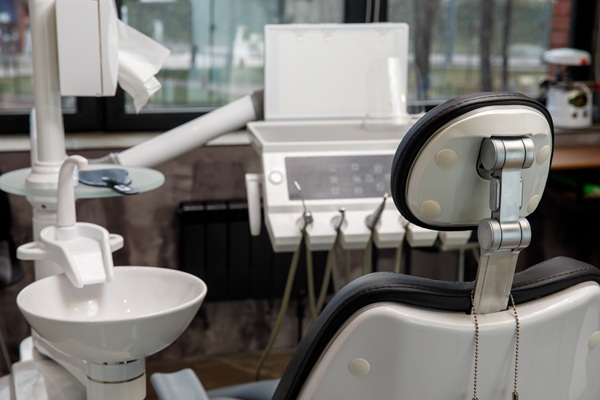Cosmetic Dentistry Procedures for a Gummy Smile

Cosmetic dentistry is the branch of dentistry that aims to address aesthetic issues like a gummy smile. Your smile is one of the most noticeable parts of your appearance, and it can be the difference between making a good or bad impression.
One common reason that people seek cosmetic dentistry is to address gummy smiles. This is a condition where one or more of a patient's teeth are covered up by gum tissues. When they smile, more gum tissue than teeth is revealed, making the person's teeth appear abnormally small. A gummy smile can also lead to a person's upper lip being positioned higher than normal.
How cosmetic dentistry treats gummy smiles
There are multiple factors that can lead to a person developing a gummy smile. Some people are born with excessive gum tissues, while it might develop with age for others. Factors that can lead to a gummy smile include:
- Genetics
- An overgrown upper jaw
- Poor tooth eruption
- Neurological disorders
There are a few treatments for patients to choose from when it comes to their gummy smile. These treatments have been proven to be an effective way to get rid of excess gum tissue over the years.
Treatments
Crown lengthening: This has emerged as a standard way to treat a gummy smile. The procedure involves reshaping gum and bone tissues so teeth appear longer. Local anesthetics are used during the process, and incisions are made into the patient's gums. It can take up to two weeks to recover from crown lengthening. It is a safe procedure with a high success rate at eliminating excess gum tissue. The procedure can be performed using traditional dental tools or lasers.
Orthodontics: Some patients might need to have their teeth realigned to fix their gummy smile. For such people, treating their gummy smile might involve wearing oral appliances like clear aligners and braces that move a person's teeth to a better alignment over time. Improving the alignment of teeth can address a gummy smile and improve the patient's dental health.
Vertical maxillary impaction: This is a type of corrective surgery that involves repositioning the patient's jaw upward. It is one of the most invasive treatments and comes with a longer recovery period. The oral surgeon removes bone segments during the treatment, allowing them to move the maxilla.
Get the treatment you need
Excessive gum tissues can lessen the aesthetic appearance of your teeth by making your teeth appear short. Treatments like crown lengthening can be used to fix your gummy smile and restore your confidence. Call or visit our Huntsville clinic to learn more about treatments that can be used to improve the appearance of your smile.
Request an appointment here: https://www.yourhuntsvilledentist.com or call René A. Talbot, DDS at (256) 382-6690 for an appointment in our Huntsville office.
Check out what others are saying about our services on Yelp: Read our Yelp reviews.
Recent Posts
Understanding the key differences between a dentist and an orthodontist can help patients determine which specialist they need for their oral health care. While both professionals focus on maintaining and improving oral health, their roles, training, and areas of expertise differ significantly. A dentist typically handles general dental care, while an orthodontist specializes in diagnosing…
If the idea of getting dental implants intrigues you, it may be time to speak to your dentist about this treatment. You need sturdy teeth for good oral health, as well as to eat and smile normally. Implants not only improve your mouth’s function but will also look just like your natural teeth.While dental implants…
When it comes to oral care, any general dentist will tell you that details matter. While brushing and flossing are essential, you may be missing key steps that can significantly affect your dental health. Therefore, dentists emphasize the importance of consistent oral hygiene practices, proper techniques, and professional care to prevent common dental issues and…
A TMJ Dentist is a dental professional who helps diagnose and treat problems with the temporomandibular joint (TMJ), which connects the jaw to the skull. Issues with this joint can cause pain, stiffness, and discomfort in the jaw. They can also lead to headaches, earaches, and trouble chewing. Visiting a TMJ dentist is an important…


